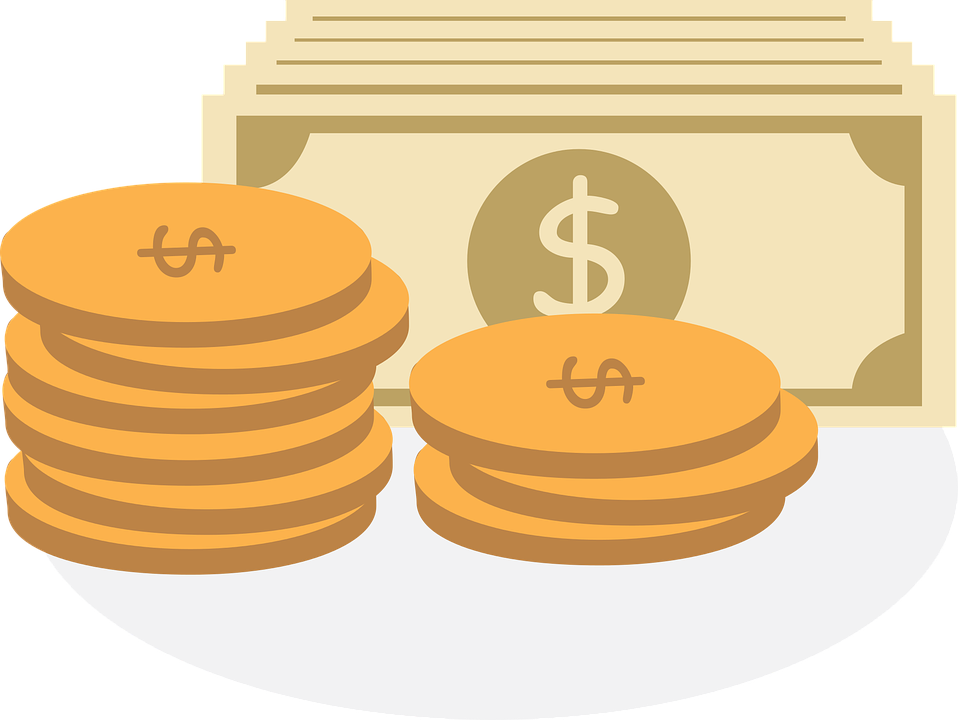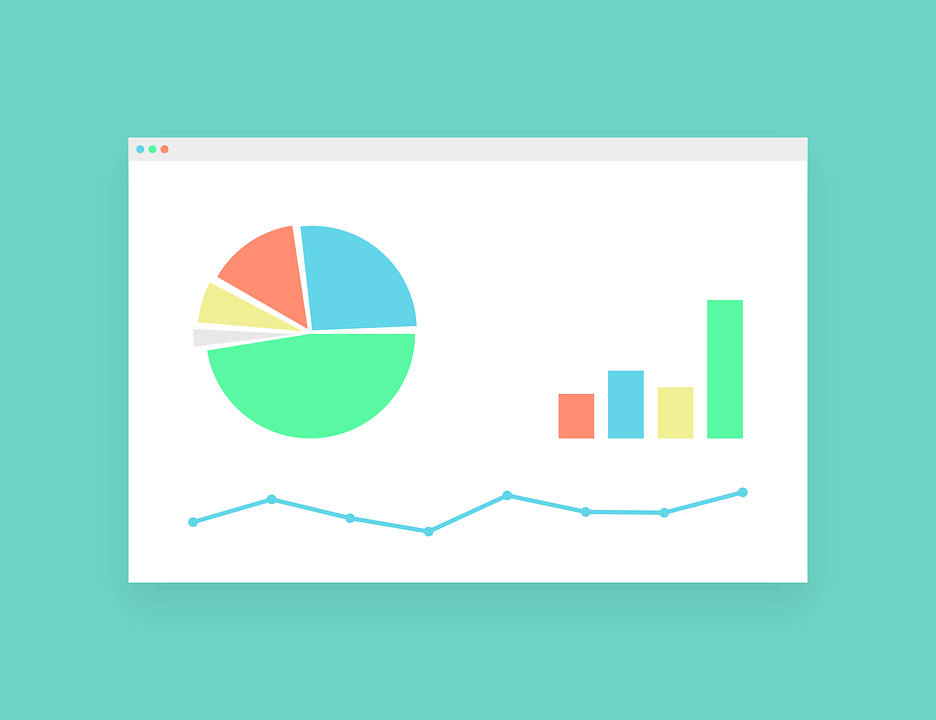
How to Calculate CapEx – Formula
Using the income statement and balance sheet
The capital expenditure formula is used to calculate the capital expenditure incurred by a company in a given financial reporting period. It does this by analyzing the company's current and previous fixed asset holdings and the current year's depreciation expense.

Capital expenditure tells us how much a company has invested in fixed assets. It can be determined from the information found in its plant, property, and equipment (PP&E) schedule (part of the notes to accounts of the financial statements).
These expenses are usually incurred to maintain, repair, replace, or acquire fixed assets for a company. Additionally, their breakup is usually found in the investment activities section of its cash flow statement. Another possibility is calculating the expense using the balance sheet and the income statement.
This metric can be used for many different purposes within finance. It is used to assess the ability of a company to generate enough cash flows from its operations to maintain its assets used in operations. It can also be used to estimate a company's ability to expand. Further, it can be used to determine whether the company is expanding or declining.
In short, capital expenditure is extremely useful and hence important to understand. Moreover, it can be used in many related formulas and ratios to calculate useful information for investors.
 What is Capital Expenditure (CapEx)?
What is Capital Expenditure (CapEx)?
Capital expenditure (CapEx) is the money a company spends on fixed assets, which fall under property, plant and equipment (PP&E). This money is spent either to replace PP&E that has used up its useful life or may include investments that are meant to expand the business.
CapEx only includes expenditures that are for purchases that have a useful life of more than one year. If a company incurs an expense on an asset that is not useful for at least a year, it is considered part of operating expense and written off.
Unlike operating expenses, capital expenditures are not eligible for deduction from taxes directly. However, they may be depreciated over several years, depending on the asset's useful life. This depreciation is allowed as an expense while determining the company's tax liability, which reduces the taxable income.
In some cases, CapEx used to maintain the current usefulness of a fixed asset is deducted entirely from the taxes the year that the expense is incurred.
A company's CapEx can be found on its cash flow statement under the investing activities section. It may be labeled capital spending, acquisition expense, or purchases of property, plant and equipment. It is also important to note that despite being an expense, it does not show up in the income statement. It also is absent from a company's balance sheet. That being said, the balance sheet and income statement together can be used to calculate it.
Different industries operate with different levels of capital expenditure. It is not very helpful to compare the capital expenditure of companies within different industries. The primary reason for this is that different industries require different levels of annual capital expenditure.
Companies with traditionally high capital expenditure include transportation, energy, automobile manufacturing, and semiconductor companies. Physical capital per worker may be a useful metric for measuring how capital intensive certain industries are.
The final point to note is that capital expenditures are hardly held constant and often fluctuate year to year in any industry.

How to calculate CAPEX?
The CapEx of a company can be found within a company's cash flow statement in its investing activities. With no access to this information, it can be calculated using just the income statement and balance sheet.

There are two ways to calculate it; a direct method and an indirect method.
The direct method uses the following formula to determine CapEx:
CapEx = Investment in Fixed Asset 1 + Investment in Fixed Asset 2 + … Investment in Fixed Asset n
The value of each investment in fixed assets is summated, and n is equal to the number of new investments into fixed assets.
In many cases, however, the indirect method is easier to calculate CapEx.
The formula for the indirect method is:
Capital expenditure = PP&E - PP&E (of previous year) + Depreciation
where,
PP&E = Property, Plant, and Equipment
Fixed assets fall under PP&E. It is found on the balance sheet, while depreciation is found on the income statement.
As depreciation is a book entry with no real expenditure incurred, we add it back to nullify its effects.
Another adjustment that can be made involves subtracting the sale of plant, property, and equipment in a given year. This is because the sale of fixed assets artificially inflates the CapEx.
Application of Capital Expenditure
The benefit of CapEx may not be apparent at first glance. It gives us an idea of how much a company is investing in fixed assets, which is usually a good indicator of its future growth and a measure of its expansion. It also has many more practical applications within finance.
Some of the most common applications of capital expenditure are described below.
- It is used in conjunction with depreciation to predict a company's growth
If depreciation is greater than CapEx, it means that the company is investing in fewer assets over time. This is usually a bad sign as it means that the company is not replacing its fixed assets and might therefore have lower production.
On the other hand, if the company has greater capital expenditures than depreciation, it means that it is investing and expanding its fixed asset base. This generally means that the company is expanding its production capabilities, which may lead to high growth.

- Free cash flow is used in several ways within finance and requires capital expenditure in its calculation
Free cash flow is the money earned from operations a company retains after its expenses and investments in fixed assets.
A higher free cash flow improves the health of a company as it improves its ability to take on more debt or invest in expansion. Free cash flow is calculated as follows:
Free Cash Flow = Net Cash from Operating Activities - Capital Expenditures
- CapEx is also used in Cash Flow to CapEx ratio
As the name might suggest, it measures the ratio of free cash flows to capital expenditures. It is considered a good sign to have this ratio greater than one. A ratio of more than one means that the company generates enough cash flows to pay for expenses and maintain, replace, and invest in new fixed assets.
If the ratio is less than one, it may mean that the company does not generate enough cash from its operations to maintain its assets. This also might mean that the company must take on debt to finance its operations.
Cash Flow to Capital Expenditures = Cash Flows / Capital Expenditures
As we have seen, CapEx is an important measure that has a wide variety of applications in the world of finance.

Everything You Need To Master Excel Modeling
To Help You Thrive in the Most Prestigious Jobs on Wall Street.
Free Resources
To continue learning and advancing your career, check out these additional helpful WSO resources:


or Want to Sign up with your social account?